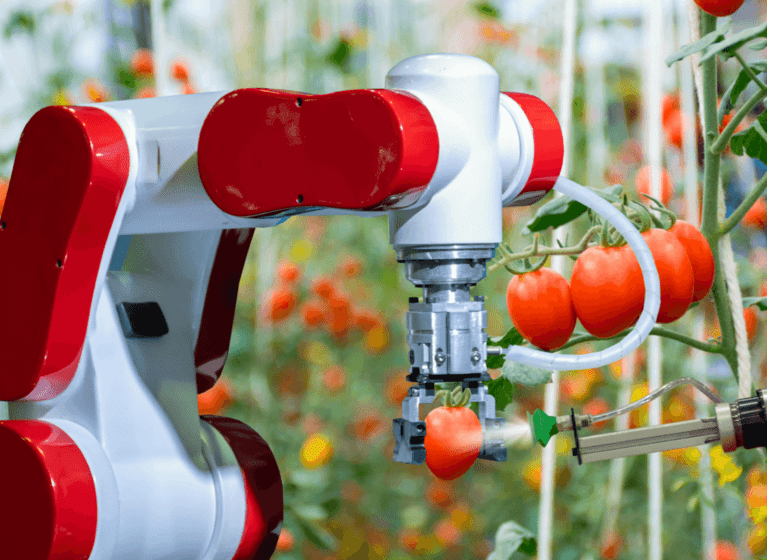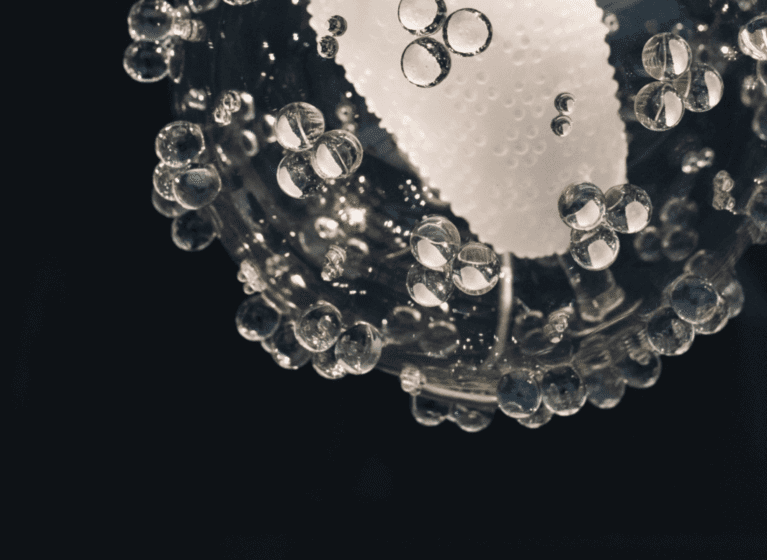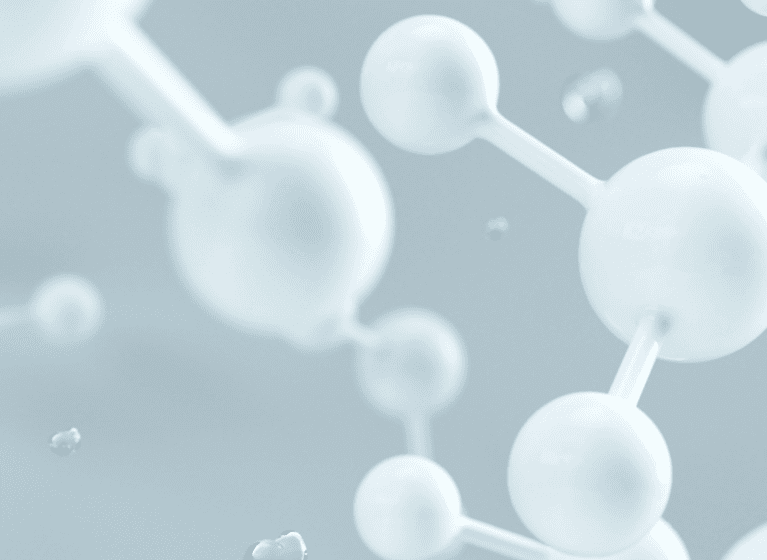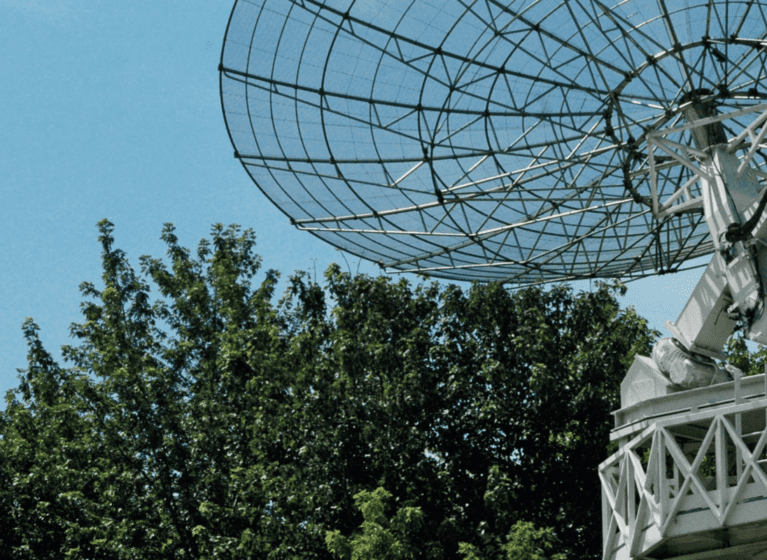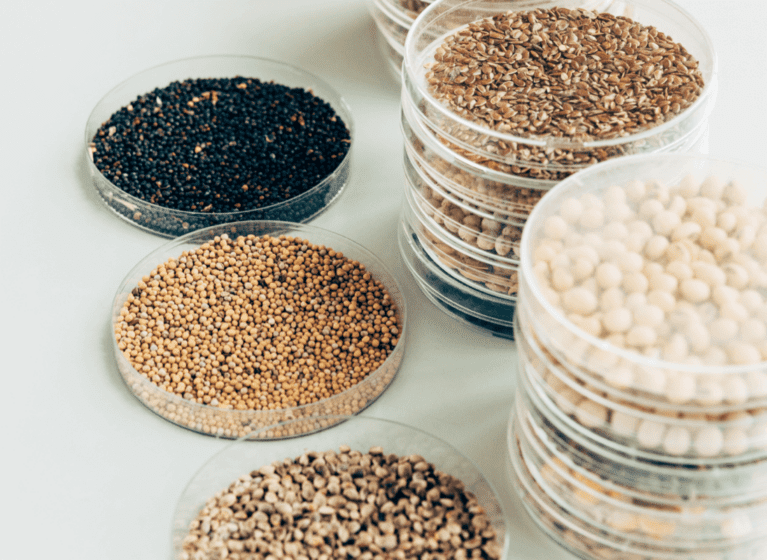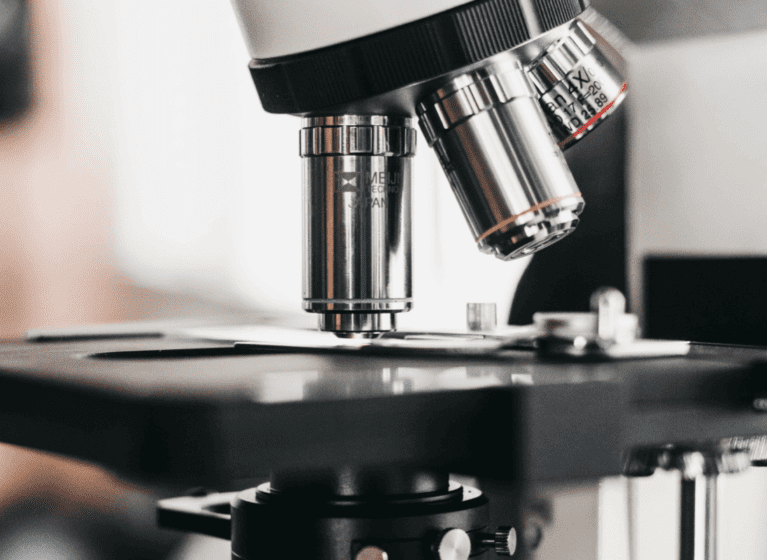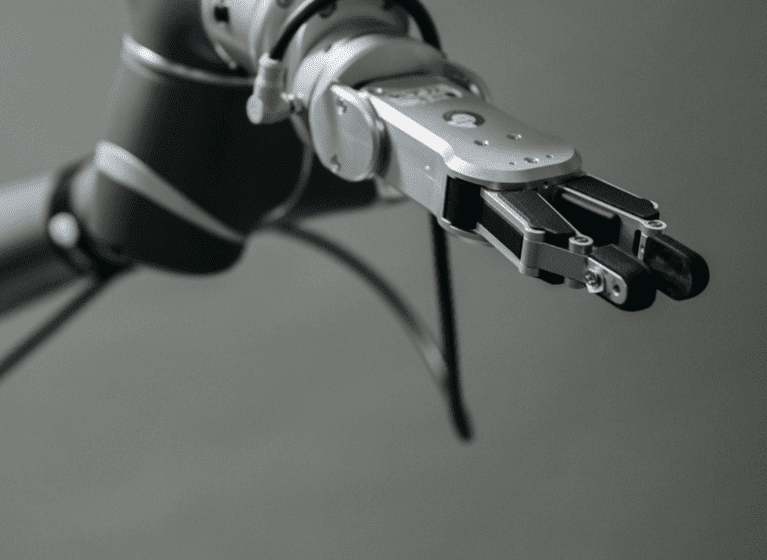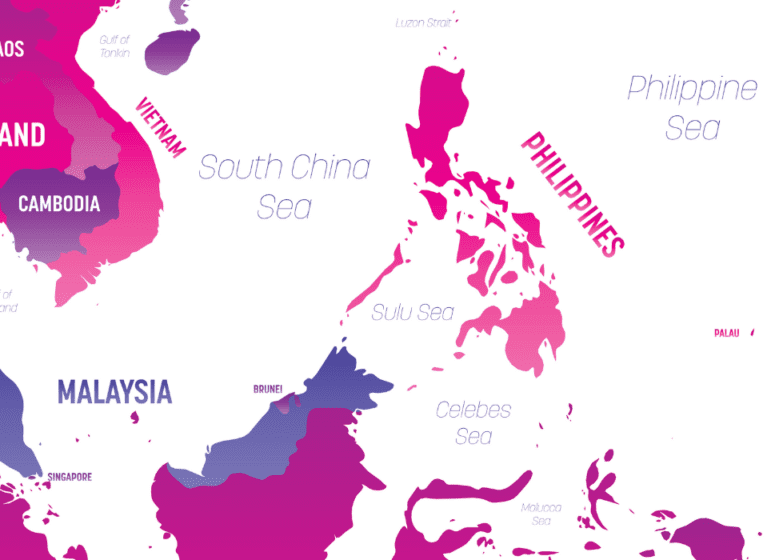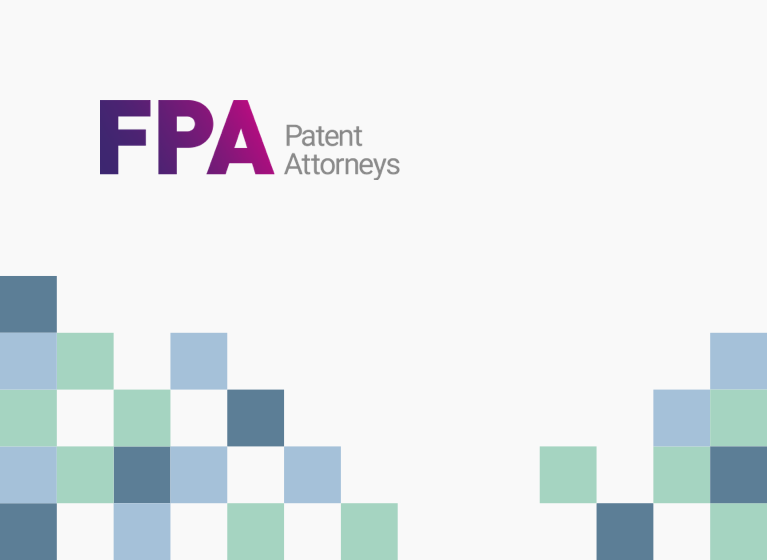Despite having to transition to “trial via zoom”, it was business as usual for the Australian courts and Australian Patent Office. In 2020 we saw some highly anticipated appeal decisions, and some key first instance decisions handed down, relating a range of patent law issues including:
- the first detailed analysis of the ‘Raising the Bar’ reforms to Australian patent law;
- the long awaited decision on The Commonwealth of Australia’s damages claim against originator pharmaceutical companies;
- continuing chapters in the CII patentable subject chronicles; and
- the High Court disregarding almost 110 years of legal precedent and endorsing the “exhaustion of rights” doctrine.
Not to be outdone, 2021 is shaping up to be a year of equally important decisions and outcomes. The first half of 2021 has seen the Federal Court rectify a “manifestly absurd” approach taken by the Australian Patent Office to patent term extension (PTE) in Australia and the Full Federal Court confirmed that diagnostic technologies “fall firmly within the concept of a manner of manufacture” (patentable subject matter) in Australia. A sneak peak of those 2 cases is provided at the end of this article.
It’s all about context: an added matter matter
Commonwealth Scientific and Industrial Research Organisation v BASF Plant Science GmbH [2020] FCA 328
As the name suggests, Australia’s ‘Raising the Bar’ patent reforms were intended to, in one regard, more closely align Australian with the higher standards for support for amendments applied by UK and EP authorities. This Federal Court decision is the first judicial consideration of the test for support and what constitutes added matter in Australia under the new standard.
The appeal to the Federal Court arose from an unsuccessful opposition by CSIRO to amendments filed by BASF Plant Sciences GmbH (BASF). The BASF patent application related to the production of polyunsaturated fatty acids (PUFAs) in plants employing genes from algae that code for enzymes useful in the production of PUFAs. The enzymes converted shorter-chain PUFAs into commercially desirable long-chain PUFAs.
In a passage referred to by the parties and in the decision, as the “bridging paragraph”, it was disclosed that one particular enzyme, Δ6 desaturase, had substrate specificity (called Feature A for the purposes of this analysis) and conversion preference (called Feature B). Expert evidence from both parties confirmed that they the understood the bridging paragraph to require the Δ6 desaturase to have both Feature A and B. And this bridging paragraph was the only place in the specification that disclosed Feature B.
BASF however sought an amendment to the detailed description and added new dependent claims that required the Δ6 desaturase to have Feature B, but not Feature A. Rather, instead of Feature A, the new dependent claims required the Δ6 desaturase to have at least 75% homology at the DNA level to the particular Δ6 desaturase from Ostreococcus lucimarinus. This was called Feature C which in itself was supported in the specification as filed. The Court however concluded that it was not permissible to amend to introduce a claim directed to the combination of Feature B and Feature C, when the only disclosure of Feature B in the specification as filed was in the context of Feature A (a much narrower subset of Feature C) in the bridging paragraph. Despite the literal reference to Feature C elsewhere in the specification, the Court held that ‘[a] patent applicant cannot extract features disclosed in one context and introduce them into a specification stripped of that context’ and therefore BASF’s amendments constituted an impermissible intermediate generalisation.
This decision confirms that subject matter must be “clearly and unambiguously disclosed in the application as filed” and that it must be disclosed in the correct context.
Mere implementation by a computer does not confer patentability
Commissioner of Patents v Rokt Pte Ltd [2020] FCAFC 86
A highly anticipated appeal decision of the Full Federal Court relating to the patentability of a computer-implemented advertising system in Australia was handed down on 21 May 2020. As we reported previously in Rokt, a single judge of the Federal Court offered a glimmer of hope to patent applicants in the field of CII by overturning a decision of the Australian Patent Office that a certain computer-related invention did not constitute patent-eligible subject matter. But as we report in more detail the Full Federal Court unanimously declared that the primary judge had erred and that the invention was clearly not directly to subject matter that could be considered patentable in Australia.
Broadly speaking, the invention is for a method and system of digital advertising wherein the method starts by downloading a widget to a user computer. The widget gathers data stored in the user’s device, including data about the user and their browsing history. It then sends this engagement data in real time to an advertising system. The advertising system includes an engagement engine that evaluates the engagement data against pre-defined rules to determine when to instruct the widget to display an “engagement offer”. The widget records what the user does in relation to the engagement offer, and tracks how the user interacts with the advertisements and stores those interactions in a tracking database. In short, it provided a personalised advertising system.
While the primary judge concluded that the engagement engine, ranking engine, objects database and tracking database constituted a technical solution to a problem, the Full Court noted that when the invention was understood in light of what the specification taught as the invention, it was clear that the invention lay in the engagement offer and therefore was a marketing scheme implemented using computer technology for its well-known and understood functions.
It’s not all doom and gloom…
Aristocrat Technologies Australia Pty Limited v Commissioner of Patents [2020] FCA 778
Hot on the heels of Commissioner of Patents v Rokt Pte Ltd decision, the Federal Court took exception to the Patent Office’s approach in determining the substance of an invention involving computers.
In a case involving electronic gaming machines, The Commissioner of Patents admitted that the gaming machines would have been patentable had they been implemented using mechanical reels rather than virtual ones. In response the judge in that case said he couldn’t understand why the development of a gaming machine that uses efficiencies of electronic technology (i.e., virtual reels) would disqualify an otherwise patentable invention from patent eligibility. He said such an approach would have been antithetical to the encouragement of invention and innovation – a patentable invention being rendered not patentable simply because the inventor chose to use modern technology (a computer) to implement it.
The decision has been appealed to the Full Court; but in the meantime, our more detailed comments on the first instance decision can be found here.
Implied licence doctrine is out; doctrine of exhaustion is in
Calidad Pty Ltd v Seiko Epson Corporation [2020] HCA 41
When it comes to considering the rights of a patentee following the first sale of a patented product, for the last 109 years, Australian courts have applied the UK “implied licence doctrine”. That is, the sale of a patented product by or with the consent of the patentee includes an implied licence that the purchaser may use and resell the product as they see fit without infringing the rights of the patentee. A 4:3 majority of the High Court of Australia however held that in Australia the doctrine of ‘exhaustion of rights’ should apply, not one of ‘implied licence’.
The question arose in the context of “refurbished” printer cartridges. The original printer cartridges had been manufactured and sold by Seiko outside Australia, and after use and disposal by the consumer, the cartridges were collected and modified and refilled outside Australia by Ninestar, (a company unrelated to Calidad) to enable reuse of the cartridges which were then sold to Calidad who imported them into Australia for sale to consumers. Seiko alleged that Calidad had infringed its patent rights by importing and selling the refurbished cartridges.
The majority decision found that modifications made to Seiko’s cartridges were within the scope of the rights of an owner to prolong the life of a product and improve its usefulness, and did not amount to an ‘impermissible making’ of a ‘new’ product. Their Honours considered this was so irrespective of which doctrine applied, but held that the exhaustion doctrine is preferable to an implied licence for the reason that “The exhaustion doctrine has the virtues of logic, simplicity and coherence with legal principle. It is comprehensible and consistent with the fundamental principle of the common law respecting chattels and an owner’s rights respecting their use”.
There are two important points to bear in mind however. Firstly, the High Court observed that the exhaustion doctrine “…does not prevent a patentee from imposing restrictions and conditions as to the use of a patented product after its sale but simply requires that they be obtained by negotiation in the usual way and enforced according to the law of contract or in equity”. Patentees should therefore rely on contracts to control post-sale activities.
Secondly, each case is likely to turn on the facts given a determination must be made as to whether modifications and changes made to the original patented product by a third party constitute a remaking of the product verses a repair.
Originators 1: Commonwealth of Australia 0. The dismissal of The Commonwealth’s application for compensation.
Commonwealth of Australia v Sanofi (No 5) [2020] FCA 543
In early 2016 we first reported here on The Commonwealth of Australian seeking compensation from originator companies. Their claim was for losses arising from the granting of an interlocutory injunction restraining the launch of a generic drug when ultimately the originator’s patent is found to be invalid. In Australia, the listing of the first generic version on the Pharmaceutical Benefits Scheme (PBS) triggers a statutory price reduction of that medicine. An interlocutory injunction, restraining the launch of a generic version of the medicine while the originator’s patent is in force, therefore delays the price reduction and requires The Commonwealth to continue paying the non-discounted price of the original medicine.
This decision, which is the first of the cases to reach judgement, saw the Federal Court dismiss The Commonwealth’s application for compensation for losses of about US$250 million suffered as a result of an interlocutory injunction preventing generic launch of clopidogrel (co-marketed by Sanofi and Bristol-Myers Squibb).
The reasons for this finding are very fact specific. And while the Court found that The Commonwealth was entitled to seek compensation, the key question considered by the Court in coming to its decision in this case was whether the Commonwealth’s loss or damage was a direct and reasonably foreseeable consequence of the interlocutory injunction. While the Court concluded the loss was foreseeable, it was found not to be a loss that flowed directly from the existence of the interlocutory injunction because, in this case, the interlocutory injunction did not prevent the generic company from taking steps to have its clopidogrel products listed on the PBS. It was a separate and voluntary undertaking given by the generic that prevented it from taking such steps. ie it was the operation of the undertaking rather than the interlocutory injunction that prevented the generic from listing on the PBS. And importantly, as a result, the patentee never agreed to submit to an order for the payment of compensation in respect of loss arising out of this undertaking.
The case serves as a valuable lesson for all parties -originators, generics and The Commonwealth – when it comes to considering interlocutory injunctions as an element of a litigation strategy.
Same destination via a different road: the correct test for assessing infringement of Swiss form claims
Mylan Health Pty Ltd v Sun Pharma ANZ Pty Ltd [2020] FCAFC 116
This Full Federal Court decision looking at infringement of Swiss form claims ultimately arrived at the same conclusion as that of the Court in first instance decision – that Sun Pharma had not infringed Mylan’s patent claims to the use of fenofibrate for treatment of diabetic retinopathy. But the Full Court clarified the correct approach to take the analysis.
In our 2019 year in review article we featured the Federal Court’s decision as to how ‘intention’ played in to infringement of a Swiss form claim. In the first instance decision, the Court framed the crucial question as “whether the manufacturer has made (or will make) the relevant medicament with the intention that it be used in the treatment of the designated condition”. The answer to that question was to be ascertained objectively in light of all the relevant facts and circumstances including, in particular, the approved product information (“PI”), ie the label, for the product (emphasis added). The Court concluded that under this test, Sun Pharma did not infringe the Swiss form claims.
On appeal however, the Full Court disagreed with the approach taken by the Court in the first instance, stating that “infringement of a Swiss-style claim is concerned with what the allegedly infringing manufacturer has done, not what it intended to do”. The facts of this case, including the skinny label that excluded diabetic retinopathy and the therapeutic use for fenofibrate in the treatment of diseases other than diabetic retinopathy, ultimately led the Full Court to the same decision of non-infringement.
Notably, both the primary judge and the Full Court found that – had the method of treatment (MoT) claims been valid – contributory infringement of the MoT claims by Sun Pharma would have occurred. This point is somewhat glossed over in commentaries on these decisions given the conclusion of invalidity of those MoT claims. But it serves as an important reminder as to why inclusion of both MoT and Swiss form claims (prior to acceptance) is essentialfor all Australian patents in this field.
Sneak peak of 2021: two bonus cases to ease the minds of pharmaceutical companies…
Manifestly absurd patent office approach to PTE reversed
Ono Pharmaceutical Co, Ltd v Commissioner of Patents [2021] FCA 643
A very welcome decision for patentees from the Federal Court of Australia has restored certainty to Australia’s patent term extension provisions, and consistency with other jurisdictions.
Ono Pharmaceuticals and BMS (Ono/BMS) had sought PTE for a patent based on the registration of their Opdivo product. The Patent Office rejected Ono/BMS’ request on the basis that it was not made by the required deadline and should have been made based on the registration date of Keytruda, rather than that of Opdivo. The Patent Office reasoning was that Keytruda was the “first inclusion” on the ARTG of a pharmaceutical product falling within the scope of the patent claims, and the date of registration of Keytruda, 9 months prior to that of Opdivo, established the deadline for the PTE request. The issue arose in this case because a claim in Ono/BMS’ patent comprised broad language defining a mAb “which cross-competes for binding to human PD-1 with a reference antibody…”. This claim was considered to capture Merck’s Keytruda product. Ono/BMS appealed this decision.
The Court rejected the interpretation of the legislation adopted by the Patent Office as leading to “manifest absurdity or unreasonableness”. The Court also commented that if the Patent Office’s interpretation of the legislation was to be accepted, “there would be very serious practical problems which would be unduly onerous and not beneficial to the patentee.” Moreover the Court observed that if the Patent Office approach was correct, it would be inconsisetn with the entire purpose of the PTE regime: to restore the time lost to patentees prior to gaining marketing approval to compensate the patentee for the additional time, expense and difficulty in developing and commercialising a new pharmaceutical substance.
While it remains available to the Patent Office to appeal, at least for now, the position is that the filing a request for PTE is to be based on the earliest regulatory registration of the patentee’s product, not that of a competitor product.
It’s still a win for diagnostic methods! Australia remains a fertile ground for diagnostics.
Ariosa Diagnostics, Inc v Sequenom, Inc [2021] FCAFC 101
A unanimous decision from 3 judges of the Full Federal Court has confirmed the first instance decision of the Federal Court that diagnostic technologies “fall firmly within the concept of a manner of manufacture” (patentable subject matter) in Australia. We discuss the decision in more detail here.
In our 2019 year in review article we brought you the good news that methods of diagnosis was patentable subject matter. The dispute – equivalent to the parallel US and UK proceedings – considered the validity and infringement of patents directed to methods of non-invasive pre-natal diagnosis using cell-free fetal DNA (cffDNA) obtained from maternal serum or plasma. The first instance decision found the claims valid and infringed and was appealed by Ariosa.
The Full Court however upheld the first instance decision in relation to the validity of the claims. In particular, the Court commented that the substance of claim 1 is not genetic information, but “to a method involving the practical application of a means for identifying and discriminating between maternal and foetal nucleic acid”. The Court also commented that “[a]lthough the foetal nucleic acid occurs in nature, the substance of the invention is not cffDNA itself, but the identification of that particular nucleic acid as part of a method.” This is what distinguished this case from the Myriad decision whereby claims to an isolated gene we deemed patent ineligible.
Given the high profile of these proceedings in Australia and globally, Ariosa may seek leave to further appeal to the High Court (the final appeal avenue).

